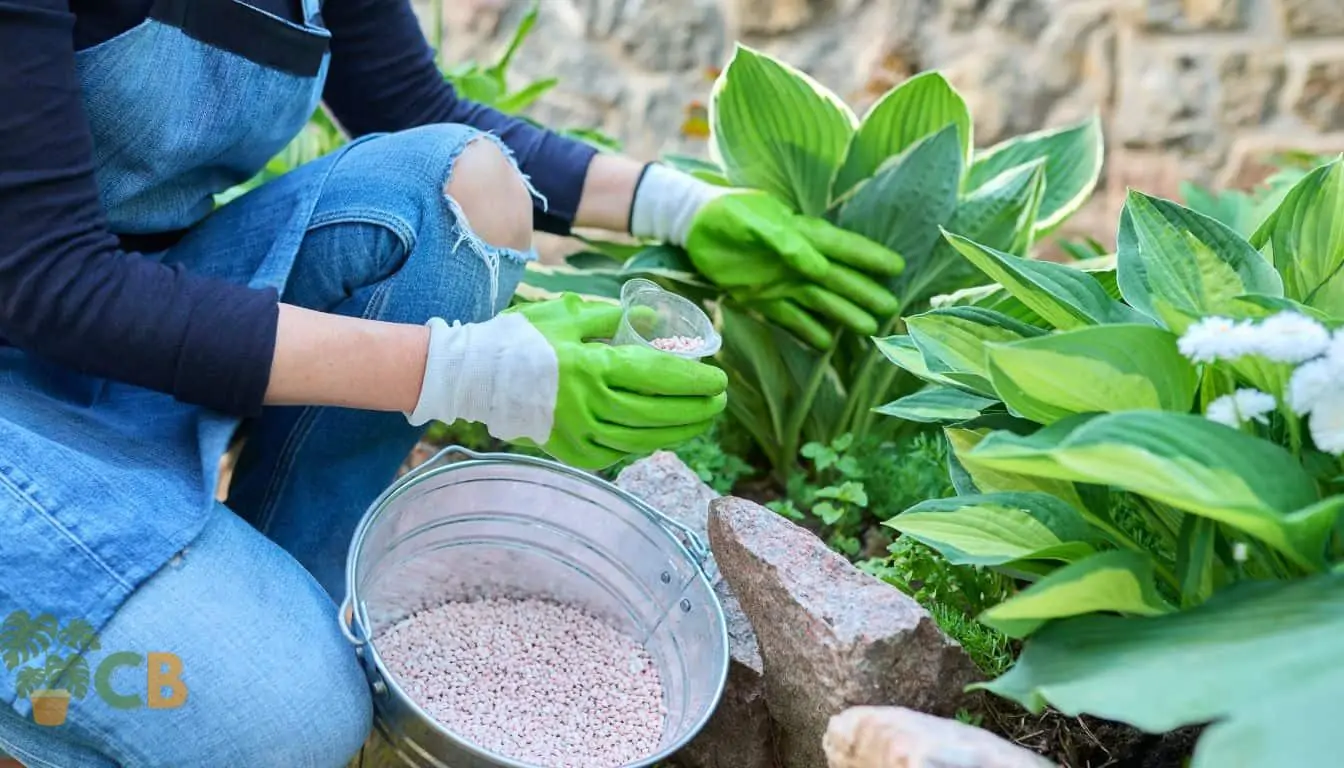What Plants Don't Like Epsom Salt and Exactly How It Influences Growth
What Plants Don't Like Epsom Salt and Exactly How It Influences Growth
Blog Article
Learn About the Particular Plants That Are Adversely Impacted by Epsom Salt Application
Epsom salt, a preferred home treatment for various gardening issues, is often praised for its valuable impacts on plant growth. Understanding the certain plants that can be adversely impacted by Epsom salt is critical for any type of garden enthusiast looking to optimize their plant treatment routine.
Roses

Roses, specifically sensitive to adjustments in their setting, can be negatively influenced by the application of Epsom salt. While Epsom salt is generally made use of as a plant food to promote plant development and improve flowering, roses are one of the plants that do not respond well to its application. The high magnesium content in Epsom salt can interfere with the uptake of various other crucial nutrients by the rose plants, resulting in deficiencies that manifest as yellowing fallen leaves or stunted development.

Tomatoes
Tomatoes, understood for their flexibility in cooking applications, can exhibit negative results when revealed to Epsom salt because of their particular nutrient requirements. While Epsom salt is typically touted as a solution for different plant problems, consisting of bloom end rot in tomatoes, its application can bring about harmful outcomes otherwise utilized carefully. Tomatoes are heavy feeders that need a balanced intake of nutrients, especially calcium, to grow. Too much Epsom salt, which is magnesium sulfate, can interrupt the delicate nutrient equilibrium needed by tomatoes, potentially leading to shortages in various other necessary nutrients like calcium. This imbalance may show up in signs and symptoms such as stunted development, yellowing leaves, or also lowered fruit manufacturing in tomatoes. For that reason, when considering the use of Epsom salt on tomatoes, it is important to comply with advised application rates and soil testing to protect against unintended effects on the general wellness and efficiency of these beloved yard plants.
Peppers
Peppers, respected for their different shades and levels of spiciness, can show sensitivity to negative impacts from Epsom salt when not used with treatment and consideration for their particular dietary requirements. what plants don't like epsom salt. Peppers, coming from the Solanaceae family members, call for a fragile equilibrium of nutrients to thrive. While Epsom salt is known to boost magnesium degrees in plants, excessive application can interrupt this balance, leading to adverse effects on pepper plants
When peppers are subjected to high levels of magnesium from Epsom salt, it can hinder the plant's capability to absorb various other crucial nutrients like calcium and potassium. This imbalance might show up in symptoms such as leaf staining, stunted growth, and lowered fruit manufacturing. Furthermore, the too much magnesium can alter the soil pH, additional worsening nutrient uptake issues for peppers.

Rhododendrons
Offered the level of sensitivity of specific plant types to inequalities triggered by Epsom salt, it is necessary to take into consideration the effect on Rhododendrons, which additionally require particular nutrient levels to grow. Rhododendrons are acid-loving plants that like acidic dirt conditions with a pH variety between 4.5 and 6.0. Epsom salt, chemically referred to as magnesium sulfate, can modify the soil pH and interrupt the fragile equilibrium of nutrients necessary for like it Rhododendron health.

To preserve the optimal growth and health and wellness of Rhododendrons, it is vital to stay clear of the indiscriminate use Epsom salt and instead concentrate on giving the details acidic dirt problems and nutrients that these plants need for flourishing.
Azaleas
These preferred blooming plants are commonly discovered in parks, landscapes, and yards due to their elegance and versatility. While Epsom salt is frequently utilized as a treatment for magnesium shortage in plants, its application to azaleas can have negative impacts.
When Epsom salt is put on azaleas, it can modify the soil pH, making it more acidic. Azaleas choose somewhat acidic soil conditions, and an excess of magnesium from Epsom salt can interrupt this balance, bring about nutrient discrepancies and prospective toxicity problems. The wrong application of Epsom salt can lead to stunted development, yellowing of fallen leaves, and total decrease in the health of azaleas. It is important to be cautious when considering the usage of Epsom salt on azaleas to protect against any negative effects on these delicate decorative bushes.
Conclusion
To conclude, it is crucial to be familiar with the particular plants that can be negatively influenced by the application of Epsom salt. Roses, tomatoes, rhododendrons, azaleas, and peppers are some instances of plants that might not take advantage of Epsom salt and might even suffer damage. It is crucial to research study and recognize the demands of each plant types prior to utilizing Epsom salt as a plant food to ensure their health and wellness and health.
Recognizing the certain plants that can be detrimentally affected by Epsom salt is critical for any kind of gardener looking to enhance their plant care regimen. While Epsom salt is generally used as a fertilizer to promote plant growth and boost flowering, roses are one of the plants that do not react straight from the source well to its application.Too much use of Epsom salt can also result in a build-up of salts in the soil, leading to root damage and dehydration of the rose plants. While Epsom salt is known to boost magnesium degrees in plants, extreme application can interrupt this stability, leading to negative effects on pepper plants.
The high salt web content in Epsom salt can likewise dry out look what i found Rhododendron origins, causing further tension and damages to the plant. (what plants don't like epsom salt)
Report this page